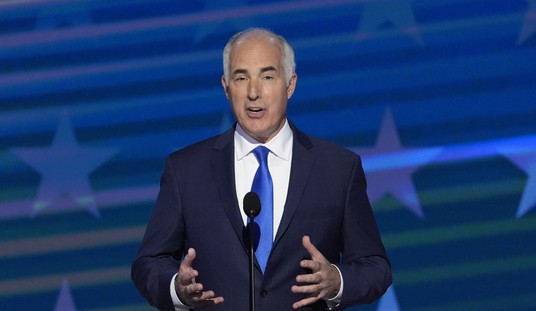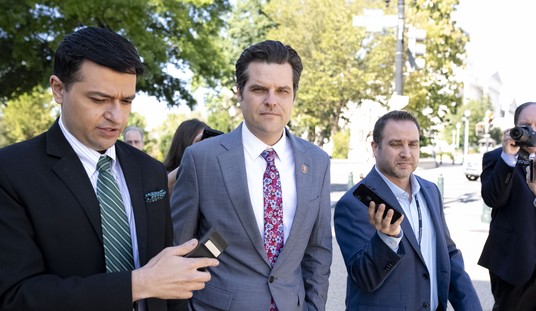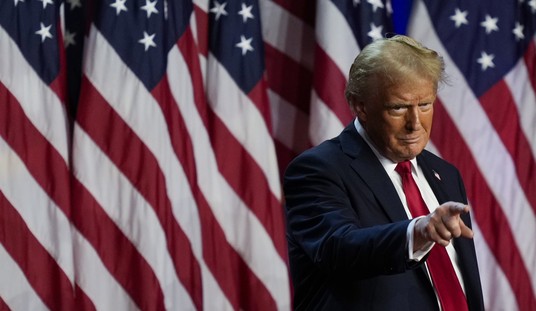President Richard Nixon won a second term in the White House, by being the avenger of left-wing cultural chaos.
Will challenger Mitt Romney win a first term as President, because he provides a similar alternative?
This year’s election will mark the fortieth anniversary of another historic contest. In November of 1972 President Richard Nixon defeated his opponent George McGovern in the Electoral College by a landslide margin of 49 states to 1. Setting the U.S. presidential record for the widest margin of victory among the popular vote, Nixon received nearly 18 million more votes than McGovern.
While Nixon is most often remembered for his downfall and near-impeachment following his second inauguration, his re-election victory – and the cultural conditions that led up to it – was nonetheless dramatic. And in an age where overwhelming majorities believe that America is “heading in the wrong direction,” it’s worth noting how concerns of “right and wrong” shook the election of 40 years ago – and how these concerns might play out this year.
During Nixon’s first term, a great awakening began among a broad sector of the American population. After decades of having been disengaged from politics and public policy debates, and without much in the way of formal organization, millions of faith-based Americans—at that time mostly white, middle-class, Protestant and evangelical Christians—had become increasingly alarmed at the cultural trends and growing civil unrest of the late 1960's and early 1970's.
Recommended
The challenges to marriage and Judeo-Christian sexual norms posed by the so-called “sexual revolution;” the youthful rebellion against societal authority structures brought about by the so-called “hippie” culture; and the Vietnam War protests by the first generation of American youth who thought it was something less than “honorable” to fight on behalf of the country—all these developments and others proved to be quite unnerving to these millions of Americans.
In the midst of this upheaval, Nixon delivered an important address to the nation during his first term in office, on November 3, 1969. In the speech, Nixon famously made reference to a so-called “silent majority” of Americans—people who supposedly agreed with him on issues of culture, “law and order,” and his desire to fight back against Communism, even though the views of this “silent majority” were largely ignored by political, media, and academic elites.
In using the “silent majority” language, Nixon sought to politically awaken and unify this huge chunk of the American population that had little or no voice in American media and who often did not vote. This sector of American society was very real, and very frustrated by what they believed was a degradation of America and its institutions. Nixon successfully conveyed that he understood those frustrations, and the bond he created with the “silent majority” helped bring about his landslide re-election.
So does today’s cultural upheaval compare to that of 40 years ago? There’s no doubt that the United States of 2012 is quite different from the country Nixon served.
In 1972 the nation’s population was slightly over 200 million, while today there are over 314 million of us. In 1972 over 80% of the American population was White and of European descent. Today, according to some demographic reports, Whites make up as little as 74% of the population, while there is universal agreement that this majority is rapidly eroding.
In 1972 roughly 90% of Americans identified themselves as Christian. Today that figure is approximately 73%, as other religions, and a preference for no religious affiliation at all, become more prevalent.
So the United States of 2012 is more racially and ideologically pluralistic than was Nixon’s America. Yet concerns about the degradation of America are as prevalent today as they were in 1972. And while the radicalized influences that sought to upend the foundations of America were playing out on college campuses and in local communities across the country forty years ago, today they are in the White House, itself, and Americans sense the dangers that this poses.
Despite his promises of unifying America, President Barack Obama has exacerbated our divisions and violated many of our common understandings of right and wrong. When Arizona and Alabama sought two years ago to clarify the rule of law as it regards legal and illegal immigration, our President sided with the U.N., China, the dictator of Venezuela and Mexican President Felipe Calderon in opposing these two states, and then punished the residents there with costly federal lawsuits.
When South Carolina and Florida pursued voter ID laws so as to prevent non-citizens from voting, President Obama sued them to prevent the laws from being implemented. When Ohio sought to streamline early voting for military service personnel, President Obama sued Ohio to stop the troops from voting.
President Obama praises government employees, but calls private business owners “greedy.” As his policies have expanded government dependency, removed the work requirement for welfare, decreased the workforce participation rate and run-up over $5 trillion in deficit spending, he insists that he is moving our country “forward.”
Mr. Obama has undercut our nation’s ally Israel in the Middle East, but calls militant Islamists in the region our “friends” – even as they kill American civilians, military personnel, and a U.S. Ambassador (Christopher Stevens). And while his predecessor oversaw the construction of an offshore detention center (Guantanamo Bay) in which to detain and interrogate foreign terror suspects, President Obama has sought to welcome those very dangerous characters into the domestic U.S. and grant them access to American courts.
Indeed, we are surrounded by left-wing cultural chaos. What was once wrong is now right, and right is now wrong, in Obama’s America. If Mitt Romney can continue to convince America that he is as keenly aware of America’s degradation as millions of the rest of us are, he may find a majority of us standing with him in November.

























Join the conversation as a VIP Member